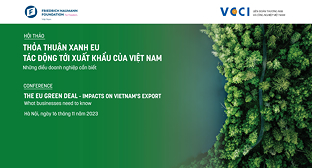Import protection, business cycles, and exchange rates: evidence from the great recession
31/12/2013 12:00
Chad P. Bown
Meredith A. Crowley
Abstract
This paper estimates the impact of macroeconomic fluctuations on import protection policies over 1988:Q1-2010:Q4 for five industrialized economies - the United States, European Union, Australia, Canada and South Korea. We find evidence of a strong countercyclical trade policy response in the pre-Great Recession period of 1988:Q1 – 2008:Q3 during which increases in domestic unemployment rates, real appreciations in bilateral exchange rates, and declines in the GDP growth rates of bilateral trading partners led to substantial increases in new temporary trade barriers. We then apply this pre-Great Recession empirical model to realized macroeconomic data from 2008:Q4-2010:Q4 and find it predicts a surge of new import protection during the Great Recession – e.g., for the US and EU, the model predicts new trade barriers would cover an additional 15 percentage points of nonoil imports, well above the baseline level of 2-3 percent of import coverage immediately preceding the crisis. Finally, we examine why the realized trade policy response differed from model predictions. While exchange rate movements played an important role in limiting new import protection during the Great Recession, we provide evidence of one particularly important change in trade policy responsiveness; i.e., in this period, governments refrained from imposing new temporary trade barriers against foreign trading partners experiencing their own weak or negative economic growth.
Các tin khác
- The Dispute Settlement Crisis in the World Trade Organization: Causes and Cures (16/03/2018)
- Modification of trade defence rules regarding non-market economy costs and prices (23/02/2018)
- Research Paper: Options for Disciplining the Use of Trade Remedies in Clean Energy Technologies (03/08/2017)
- Addressing the rise of Trade Remedies against Environmental Goods (03/08/2017)
- Anti-dumping Retaliation - —A Common Threat to International Trade (15/11/2016)
 Home
Home
 About Us
About Us




















